
George Doyle/Stockbyte/Getty Images
Stylists use several tools to cut hair: scissors, razors, thinning shears and clippers. Each tool creates a different texture in the hair, affecting how the hair looks after it is styled. The type of tool used may even determine how the hair is styled. For example, razored styles are often finger styled or straightened because curling these cuts is difficult due to the jagged edges the razor creates.
Tools
Shears, or scissors, and razors are two of the most common tools used by stylists. Shears vary little from style to style. The main difference between shears involves the length of the blade. Blade lengths range from 3 to 5 ½ inches. Each set of professional hair-cutting shears has a sharpened cutting blade, a stationary blade and a finger rest. Razors vary in style. Some styles open up like an “L” with the razor on one end and the grip, or handle, on the other end. Some resemble combs with a razor embedded deep among the teeth of the comb.
Technique
The proper use of hair-cutting shears involves holding the shears in the dominant hand with the thumb and ring finger through the holes on the handle. The pinky finger rests on the finger rest, and the thumb moves the cutting blade to remove hair. Razor cutting involves holding the instrument lightly in the hand and removing hair with delicate movements of the fingers and wrist. The angle at which the razor is held against the hair determines how much hair is removed with each movement.
Results
Shears cut hair bluntly, resulting in an even cut across the length of the hair and within the layers. Razors cut the ends of the hair at various lengths and taper the ends of each individual hair rather than cutting it straight off. This results in movement, texture and a jagged appearance on the ends of the hair, notes “Milady’s Standard Textbook of Cosmetology.”
Hybrid Cuts
Although some cuts are completed using one tool or the other, most modern cuts are created using a combination of the two tools. In a hybrid cut, stylists use shears to create the basic shape of the cut. They then add interest, texture or thin select sections of the hair with the razor.
Considerations
Razor cuts can cause some hair types to appear frizzy on the ends. Naturally curly or frizzy hair may not do well with razor cutting. Ideal candidates for razor cutting include people with fine, straight, softly curled and medium-textured hair. In addition, a person should not razor any hair that she wishes to have permed, as the jagged edges make it difficult to roll the hair around the perm rods.
Related Articles

How to Grow Shaggy Hair
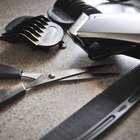
How to Grow Hair Back After Shaving ...
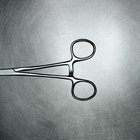
How to Cut Piecey Hair
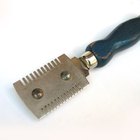
How to Twist & Cut Hair
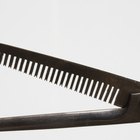
Types of Hair Scissors
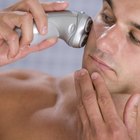
How to Sharpen Norelco Electric Razor ...

Chi Hair Treatment

The Effects of Perm Lotion on Hair ...
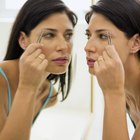
The Best Way to Remove Eyebrow Hair

How to Make Thin Sideburns

How to Pin Curl Short Hair
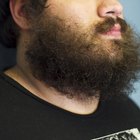
How to Straighten Your Beard Hair
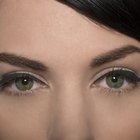
How to Use a Brow Shaver

Instructions for Remington Clippers

How to Open & Clean a Norelco 1050CC ...
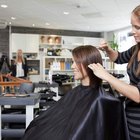
Perm Recommendations for Fine Hair
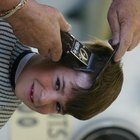
Directions for Cutting Hair With a ...

How to Use a Volumizing Finger Diffuser

How to Cut Asian Hair

How to Get Carrie Bradshaw Curls
References
- Milady's Standard Textbook of Cosmetology; Milady, et al.
- 1920-30.com: Cutting and Styling Hair With a Razor to Create a Bobbed Hairstyle
- Hair Boutique.com: Razor Sharp: Shredded, Chopped and Sliced Hair
Writer Bio
Kathy Mayse began her writing career as a reporter for "The Jackson-County Times Journal" in 2001. She was promoted to assistant editor shortly after. Since 2005, she has been busy as a successful freelancer specializing in Web content. Mayse is a licensed cosmetologist with more than 17 years of salon experience; most of her writing projects reflect this experience.
Photo Credits
George Doyle/Stockbyte/Getty Images